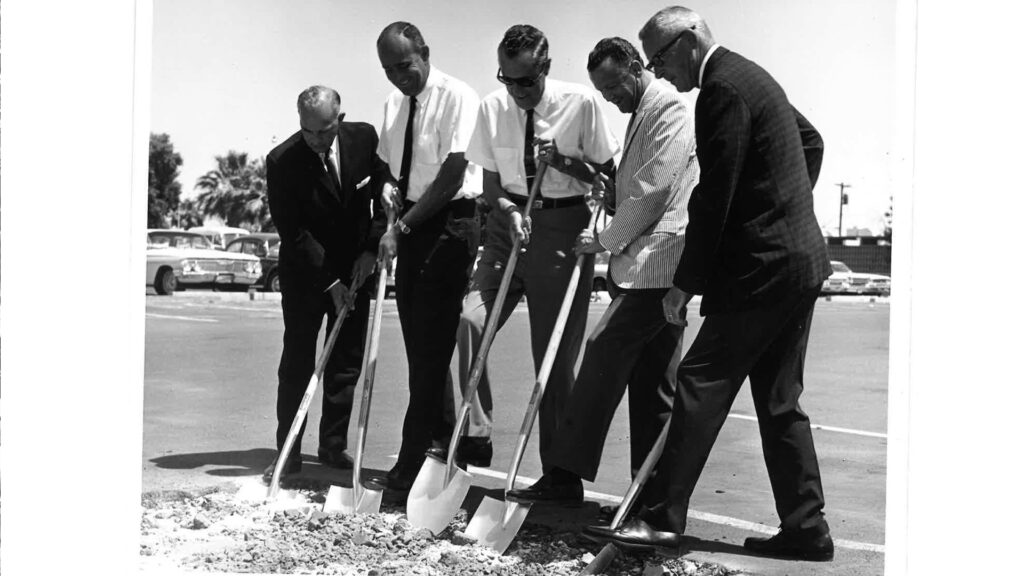When Kitchell first built the Hotel Valley Ho in 1956, Scottsdale was on the verge of transforming into a modern desert oasis. Designed as a sleek, mid-century retreat, the hotel quickly became a magnet for Hollywood’s elite, hosting the likes of Marilyn Monroe, Bing Crosby, and Humphrey Bogart. It was a vision of modern luxury, where the desert met design in a way that captivated visitors for decades.
But even icons need a refresh. By the early 2000s, the beloved hotel had begun to fade, and restoring its former brilliance required both technical expertise and a deep respect for history. In 2004, Kitchell returned to Valley Ho—not just as builders, but as preservationists—to breathe new life into a structure they had helped shape nearly 50 years before.
Honoring the Past, Elevating the Future
Kitchell’s approach to the Hotel Valley Ho restoration was as much about preservation as it was about expansion. Working in accordance with the City of Scottsdale’s Historic Preservation Commission, the team carefully analyzed the original construction plans—many of which had been designed to allow for future vertical expansion. This forethought allowed Kitchell to add a seven-story tower, seamlessly blending new guest rooms and luxury condominiums with the existing structure.
Key elements of the original 1950s design were meticulously recreated. Specialty artisans were brought in to replicate concrete panels, pivoting privacy screens, and stone veneers—materials and techniques no longer commonly used but essential to maintaining the hotel’s authentic mid-century aesthetic. Even landscaping elements were preserved, with 90% of the existing trees salvaged and reused.
A Collaborative Effort in Preservation
Reviving the Valley Ho was not just about construction; it was about collaboration. Kitchell worked closely with architects, historians, preservationists, and local artisans to ensure every detail aligned with the hotel’s original spirit. The result was not just a renovation, but a reinvention—one that honored the past while embracing the future.
The project expanded the hotel to 220,000 square feet, adding 194 guest rooms, 37 luxury condominiums, a new guest wing, ballrooms, a spa, boardrooms, and the now-iconic Café ZuZu. Every aspect of the renovation was designed to merge historic charm with modern comfort, creating a space that remains as relevant and captivating today as it was in 1956.
The restoration of the Hotel Valley Ho is a testament to Kitchell’s ability to unite craftsmanship with innovation. It represents more than just a construction project—it’s a story of revitalization, collaboration, and vision. The project embodies Kitchell’s ethos of bringing people together to create something lasting, ensuring that the Valley Ho remains an architectural and cultural landmark for generations to come.
From its origins as a Hollywood hideaway to its resurgence as one of the country’s best-preserved mid-century modern hotels, the Valley Ho stands as a shining example of what can be achieved when history, craftsmanship, and collaboration unite. And for Kitchell, it’s a project that brings us full circle—back to a place where our legacy in Scottsdale first began.
